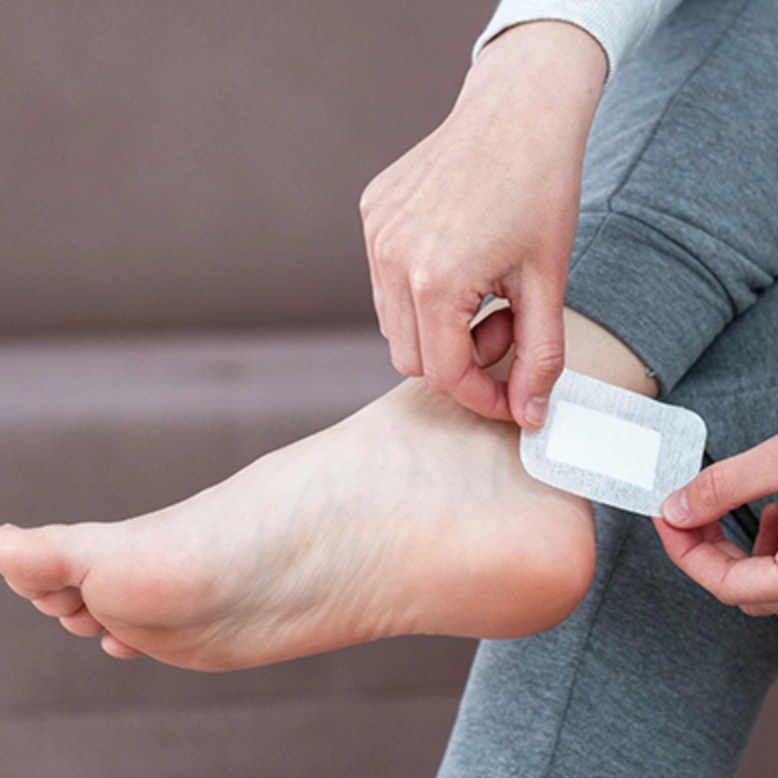
Slow healing wounds from diabetes and other chronic diseases increase risk of amputation. Unfortunately, treatments for such wounds are often expensive and too complex for patients to use at home. A team from North Carolina State University set out to create a wound healing solution that was both easy enough for home use and inexpensive.
It’s well established that electric fields accelerate healing in chronic wounds. In animal testing, wounds receiving electrotherapy showed faster wound closure, with 75% of the wounds achieving total wound closure by day 11, compared with 12.5% for wounds treated with sham devices and 0% with only occlusive dressing. Electrotherapy-treated wounds also exhibited improved epidermal thickness and reduced inflammation. The challenge is that most electronic healing treatments are available only in a clinical setting and often require daily patient attendance for hours at a time. They are also expensive.
The research team developed an electric battery which is activated by a small amount of water. Once activated, the device produces an electric field for several hours. Only a centimeter wide and a few millimeters thick, it’s easily embedded in a standard bandage or dressing. The treatment is lightweight, highly flexible and requires no specialized knowledge to apply. Researchers found the innovative bandage healed wounds 30% faster than conventional bandages.
“Our goal here was to develop a far less expensive technology that accelerates healing in patients with chronic wounds,” said researcher Amay Bandodkar, an assistant professor of electrical and computer engineering at NCSU.
Read more abut the research in the August 7, 2024 issue of Science Advances.




